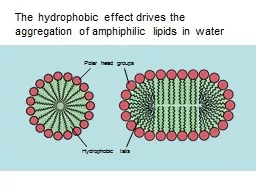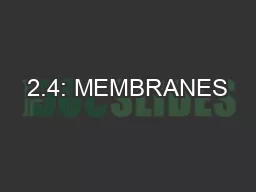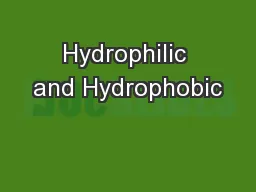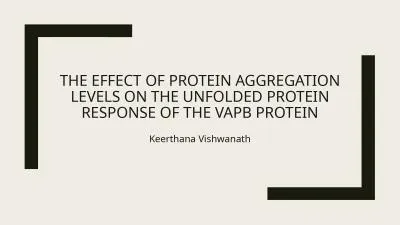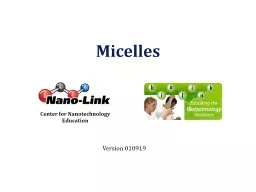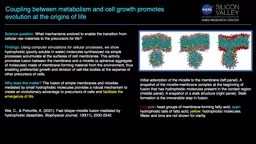PPT-The hydrophobic effect drives the aggregation of
Author : yoshiko-marsland | Published Date : 2017-10-08
amphiphilic lipids in water Polar head groups Hydrophobic tails The shape of the lipid determines the structural features of the aggregate P acking at bilayer edges
Presentation Embed Code
Download Presentation
Download Presentation The PPT/PDF document "The hydrophobic effect drives the aggreg..." is the property of its rightful owner. Permission is granted to download and print the materials on this website for personal, non-commercial use only, and to display it on your personal computer provided you do not modify the materials and that you retain all copyright notices contained in the materials. By downloading content from our website, you accept the terms of this agreement.
The hydrophobic effect drives the aggregation of: Transcript
Download Rules Of Document
"The hydrophobic effect drives the aggregation of"The content belongs to its owner. You may download and print it for personal use, without modification, and keep all copyright notices. By downloading, you agree to these terms.
Related Documents

